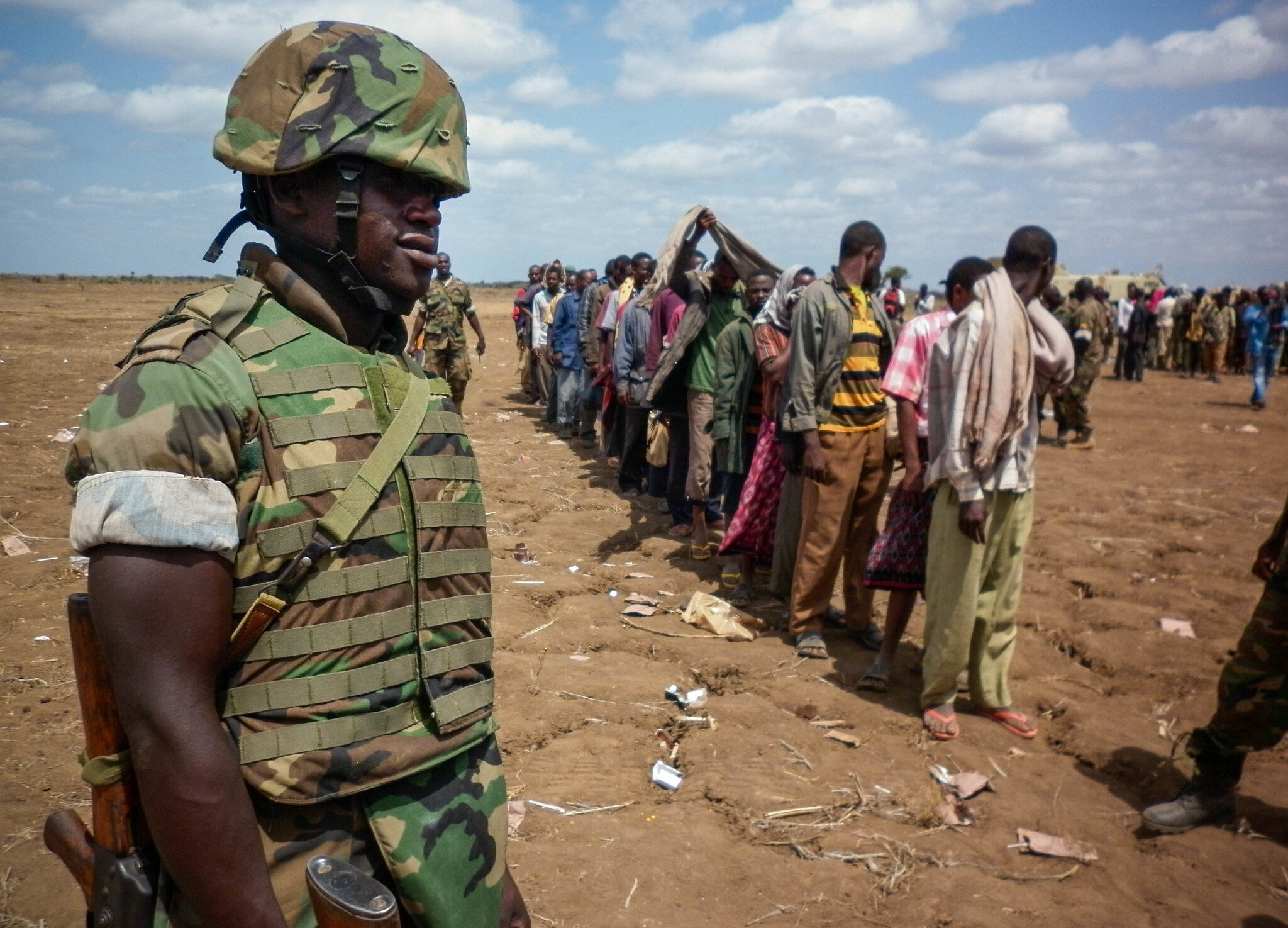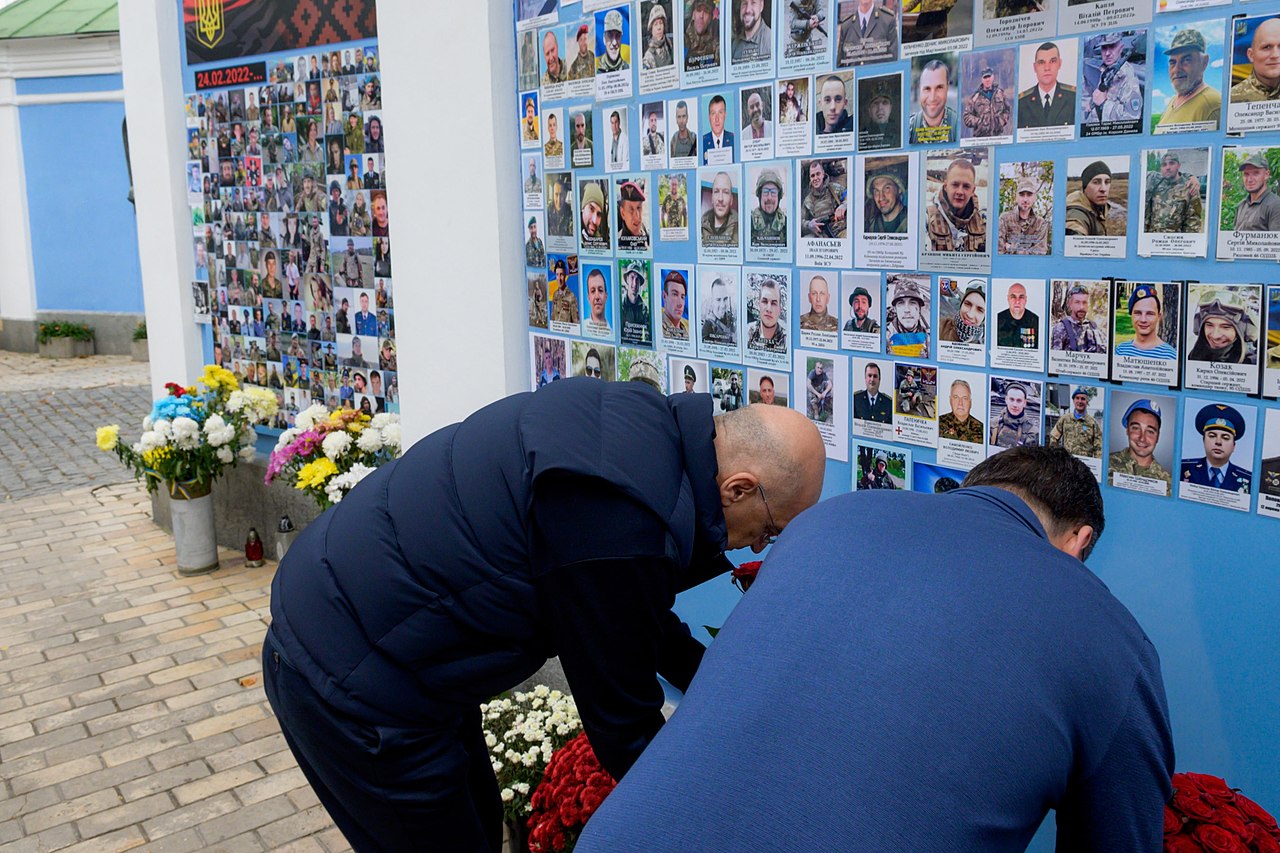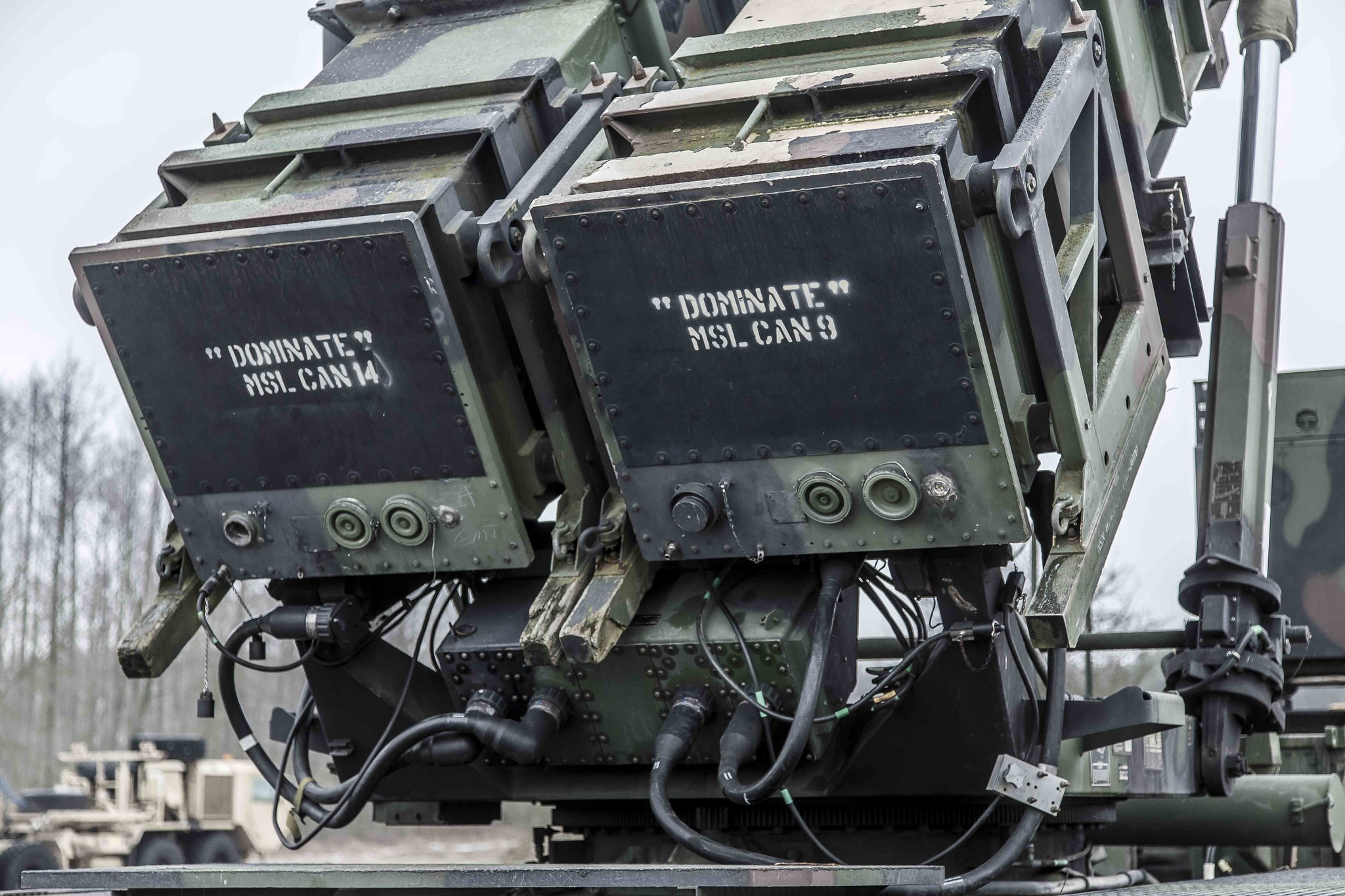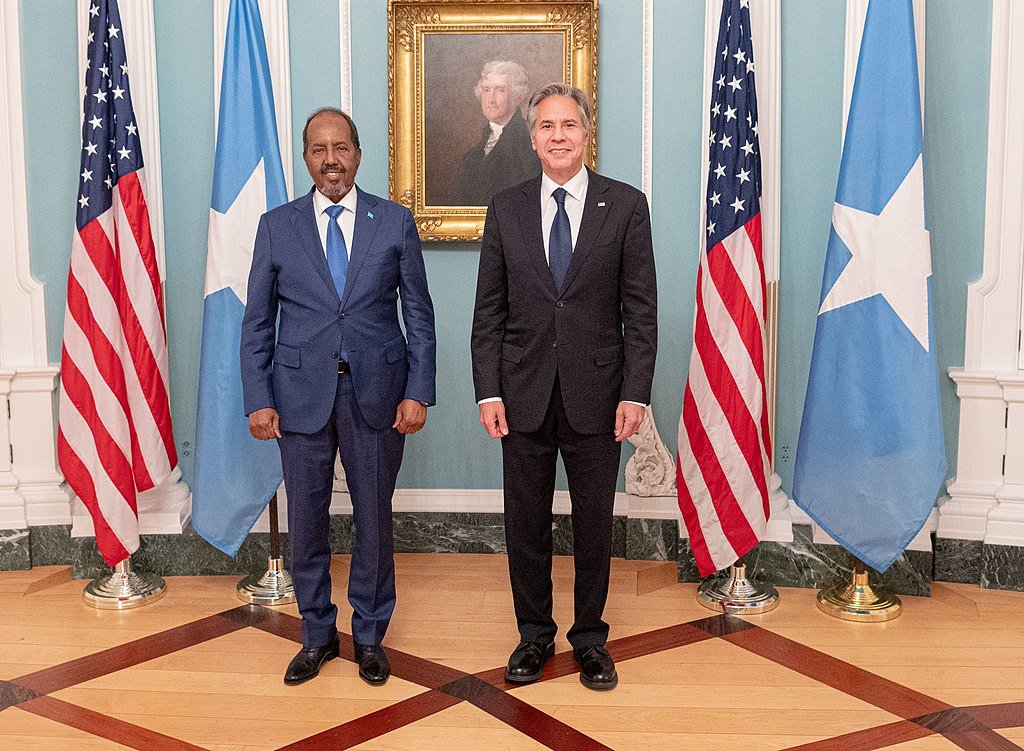JOWHAR, Somalia. September 22nd, 2012. PICTURED: A Ugandan soldier of the African Union Mission in Somalia (AMISOM) looks on as members of the al-Qaeda-affiliated militant group al-Shabaab stand in line after more than 200 fighters gave themselves up to AMISOM forces of the in Garsale.
WASHINGTON D.C., October 13th, 2020. According to reporting from Bloomberg, anonymous sources within the cabinet have told the journal that Trump is demanding a plan to remove the between 650 – 800 U.S. troops in the African country of Somalia, the site of one of America’s longest and least-reported terror wars.
Trump is working currently with the Pentagon, according to the sources, on a withdrawal plan that has involved National Security Adviser Robert O’Brien, Defense Secretary Mark Esper and Joint Chiefs of Staff Chairman Mark Milley.
The troops there are primarily special forces operators that are responsible for training the Somalia military, all or almost all of whom were sent there after Trump took office, during which he also loosened the rules of engagement and dropped record numbers of drone bombs on the country – with 63 falling in 2019 alone.
Somalia has not been one of the wars Trump has publicly railed against, such as with Syria and Afghanistan, and is perhaps the only region of hot engagement he has expanded since taking over. The enemy is an al-Qaeda-linked insurgent group called al-Shabaab which Washington helped rise to power during the early 2000s.
Reporting from Time, which sources Amnesty International and other human rights groups and conflict observers, notes that there have been more bombs dropped in the first 7 months of 2020 than in almost the entire Obama Administration.
Despite this, the report from Time quotes AFRICOM, the American military command on the African continent, as saying al-Shabaab remains “adaptive and resilient,” despite billions of dollars spent and thousands of civilians killed in the last 2 decades of attempts to dislodge the military arm of the Islamic Courts Union.
PICTURED: US Africa Command’s (AFRICOM) seal, established along with the department by George W. Bush Jr. during his second term.
Tragic, under-reported
Al-Shabaab, warns AFRICOM, is still worth keeping American troops in the country for.
“Al-Shabaab presents a future threat to America,” U.S. Africa Command Air Force Col. Chris Karns told the Washington Examiner. “They have communicated as much in their videos and in their intent. This is a dangerous network that requires pressure placed on its forces”.
Naturally AFRICOM doesn’t like the idea of withdrawing, but what is its history in the East African Country and why are we fighting a war against al-Shabaab in the first place; why are they linked with al-Qaeda?
In 2019, the Pentagon announced it would be up to the Somalia government to report deaths resulting from U.S. airstrikes, which perhaps neatly sums up the history of the conflict – one of under-reporting and civilian deaths.
Following the civil war which ousted the former military junta of Siad Barre in 1991, direct-U.S. encouraged and financed Ethiopian intervention in the country created a conflict between the U.S/Ethiopian/Somali transitional government, and a local governing entity known as the Islamic Courts Union (ICU) which had been formed to combat lawlessness and rebuilt the “failed state” which manifested during the late 90s and early 2000s.
The ICU had used the military wing of their organization, known as al-Shabaab, to consolidate much of southern Somalia, including the capital of Mogadishu, which required defeating U.S.-backed militia groups, but as members of their forces had been linked with al-Qaeda, the United States would spare no quarter (or dollar) in seeing them removed.
The ICU, which had successfully reopened Mogadishu’s airport and seaport, as well as put some order back into the failed state of Somalia, was forced out of the capital by Ethiopia, the U.S., and rival domestic factions after U.S. intelligence alleged a connection with al-Qaeda.
American freelance journalist Jeremy O’Kasick, reported in 2007 from Minnesota, a city with a huge Ethiopian and Somali immigrant population, that many Somalis “believe that the Courts (ICU) had brought stability, peace, and progress to the country after 16 years of war and instability without a legitimate government.”
Following the political downfall of the ICU, and its eventual dissolution, al-Shabaab was left to carry on the fighting. It’s not entirely clear that allegiance to al-Qaeda or to global Jihad, or promises to wage war against the enemies of Islam, would have ever been needed, if two Christian nations, Ethiopia, and the U.S. — who was already toppling regimes in Iraq and battling Islamic extremists in Afghanistan and Pakistan, hadn’t invaded and destroyed one half of the Somalian ICU.
With no political aid, it’s unsurprising al-Shabaab would try and align itself with international fighting groups, and it’s also unsurprising that after a decade and a half of airstrikes and little else, they remain “adaptive and resilient”.




